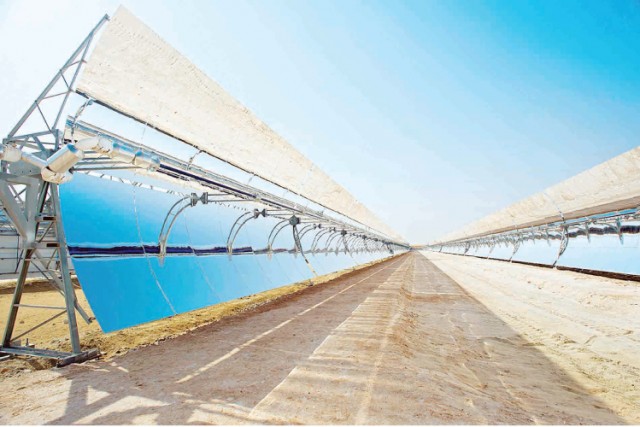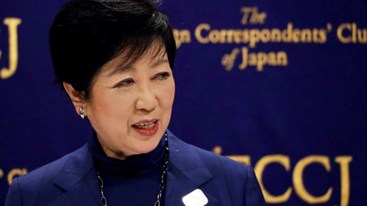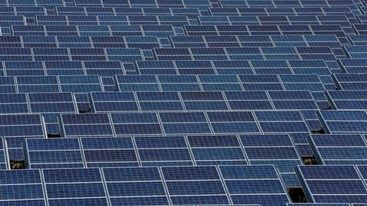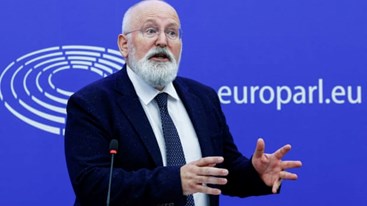Friday, 26/04/2024 | 17:27 GMT+7
Egypt continues to mobilize private and foreign capital to support the country’s renewable energy sector, with wind and solar PV under the feed-in-tariff scheme presenting an investment opportunity of at least $6 billion to 2018, one of the region’s leading investment banks commented Sunday in the build-up to the World Future Energy Summit.
Facing growing energy demands and pressure on fuel supplies for conventional energy generation, Egypt is focusing on renewable energy as a viable and effective source to add to the gas-dominated energy mix. Egypt’s New and Renewable Energy Authority aims to generate 20 percent of its power from renewables by 2020.
Egypt will need to add about 8 gigawatts, foreseen to be split between 5.5 gigawatts of wind power, and 2.5 gigawatts of solar power according to EFG Hermes, one of the leading investment banks in the Arab World.
As a result, EFG Hermes predicts a debt and equity investment opportunity of approximately $6 to 7 billion for Egypt’s feed-in-tariff renewable energy program to 2018.

In these challenging times, renewable energy is increasingly serving as an innovative solution for Middle East and North Africa countries, especially Egypt, to rebuild, reconstruct, and drive diversified economic growth.
“There is a lot of focus on investors and developers, but we have to remember that 60 to 75 percent of the funding will be via debt from international and multi-lateral institutions. All the necessary structural changes need to be in place to assist aggressive debt financing,” said Bakr Abdel-Wahab, Managing Director of Infrastructure Private Equity at EFG Hermes.
Currently, Egypt is deploying several different development models for renewable energy projects. These include bilateral agreements between the government and private developers, feed-in-tariff where the government pays set tariffs for renewable energy, and Build-Own-Operate and Build-Operate-Transfer tenders for more competitive bidding by developers.
Moreover, many of Egypt’s renewable energy projects under the feed-in-tariff regime are split into 50 megawatt contracts, which has created a fragmented renewable sector that lends itself to further aggregation and consolidation of opportunities by larger developers and investors.
EFG Hermes is presently considering establishing a $200 million renewable energy fund to spur wind and solar projects in Egypt and the wider region.
Saudi Gazette








.jpg?w=367&h=206&mode=crop) Energy efficiency and conservation usage is an important aspect of the national energy development strategy
05/03/2024
Energy efficiency and conservation usage is an important aspect of the national energy development strategy
05/03/2024
 Challenges and Opportunities to promote energy efficiency market in Vietnam
Challenges and Opportunities to promote energy efficiency market in Vietnam
 The Ministry of Industry and Trade requests government agencies to coordinate in organizing Earth Hour 2024
The Ministry of Industry and Trade requests government agencies to coordinate in organizing Earth Hour 2024
 Consultation on Energy Efficiency Boiler Catalogue and Wood Drying Guideline
Consultation on Energy Efficiency Boiler Catalogue and Wood Drying Guideline
 Son Ha Co., Ltd, applies energy efficiency and conservation measures
Son Ha Co., Ltd, applies energy efficiency and conservation measures
.png?w=367&h=206&mode=crop) Request for expression of interest - C2.1.13: Capacity Building on energy efficiency policies development
Request for expression of interest - C2.1.13: Capacity Building on energy efficiency policies development
 Phuc Kien Co., Ltd., is effectively implementing energy-saving measures
Phuc Kien Co., Ltd., is effectively implementing energy-saving measures
 Request for expression of interest - C2.1.12: Independent monitoring of safeguards implementation
Request for expression of interest - C2.1.12: Independent monitoring of safeguards implementation